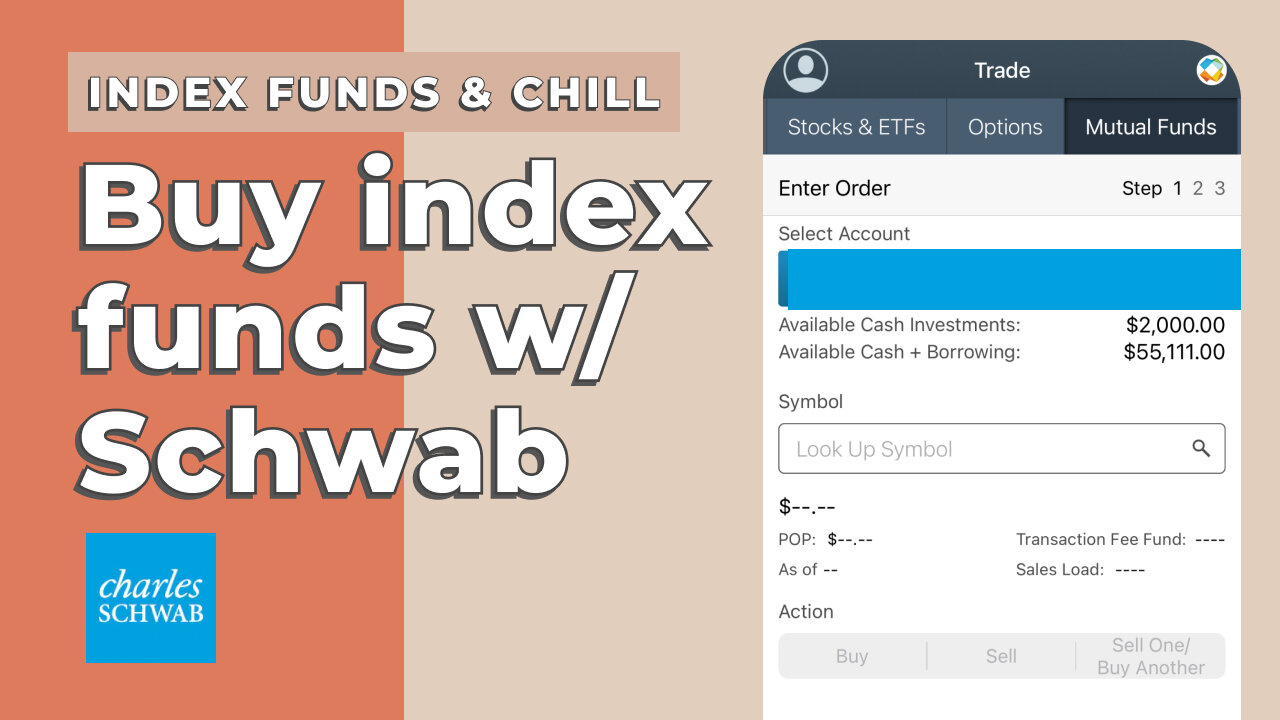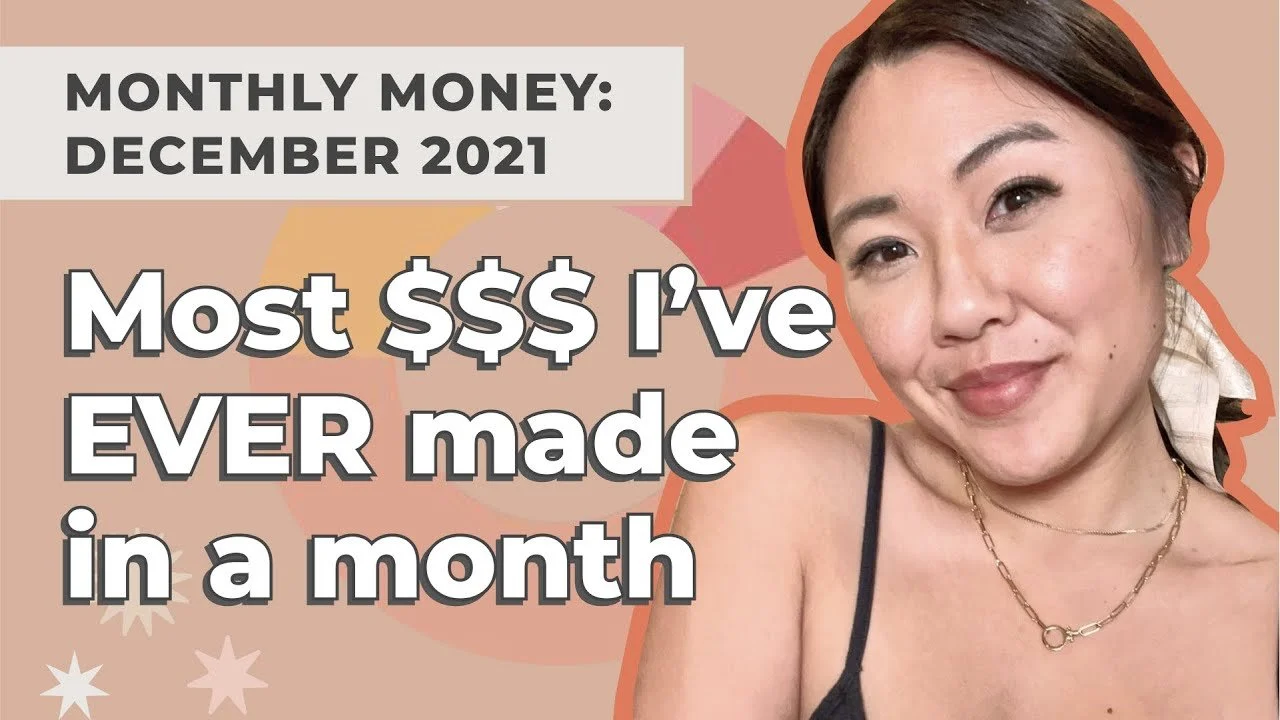How I Don't Budget, but Successfully Track My Money
/Today, I wanted to talk about budgeting or more exactly how I don't budget.
I've tried a lot of different ways of budgeting. Zero-based budgeting, which is where you give every single dollar job, has never worked for me. I've been in periods of my life where I freelance and my income is unknown and unsteady, which means it's hard for me to plan exactly how much I'm going to spend every month. I've found that it's extremely restrictive for me personally. I know a lot of people in the debt free community love the zero-based budgeting method, but it has never worked for me. There are apps like You Need a Budget, which are based on zero-based budgeting and a lot of people’s templates use the zero-based budget.
I've also tried to use apps like Mint, which is an amazing free tool that allows you to categorize all of your different types of expenses and assign a dollar amount. It doesn't start from a dollar amount and go down to zero, but it allows you to allocate a certain dollar amount to every different type of category from groceries to car to Ubers, drinks, food, etc. I also have tried that but sometimes I would go over in certain categories and I don't like the shame that I feel when I don't achieve goals.
I've found that extremely restrictive budgeting methods are not for me. Then there's percentage-based budgeting, which if you know your income, 50% goes toward saving, 30% towards needs, 20% wants or usually some variation of three categories of percentages. That's less restrictive, but I found that the best way for me to budget is to not have a budget at all. It doesn't matter what I spend on or what categories I'm spending in.
I wanted to take a deeper dive into my actual spreadsheet that has allowed me to anti-budget or to not budget. I use my money tracker spreadsheet, which is completely free and available to download on my website. It's super simple, it may not work for everybody as with everything budgeting, it’s super personal, but you can tweak it to make it work for you. This is how I think about money, so you can modify it to fit your own needs. I've downloaded lots of other people's budget templates and in the end like I built what works best for me. I think this is a really great starting point if you just are looking for a place to start.
Okay, let's take a look at what I actually set up my spreadsheet to be. If you take a look at the tabs at the bottom, I have a tab for every single month of the year starting in January. As a new month comes, I duplicate the tab—if you right-click on a tab, you can duplicate it. So I'll take you back to August. You can see in this first column I organize all of my expenses, so if there's ever a thing that I spend money on I write it down. I put categories, but I don't actually do anything with the category other than know how much I spend there. I'm sure there's more useful analysis that you could be doing with this, if that's your thing, but for me it's just a nice to know.
In the second column we have my savings. I have a $2,000 transfer set up every other week that goes into my brokerage account. If I make more money or complete a freelance job that's bonus income, then I also send that straight into my brokerage.
I write down all of my income in the third column so you can see whether it’s from interest, a paycheck, resell, freelance, cash back, or Millennial Money Honey. Then in the final column, I have my income total, my expense total, my savings rate, and my actual savings. The savings is not pulled from the savings column, it is income minus expenses, not a total from the savings column, because I don't account for what ends up just sitting in my checking account or my savings account. I have some of my paycheck going out into those but it captures my entire savings this way.
And also in the totals column I have all the categories so I can look and see that I spent $230 on work this month and $230 dollars on shopping. Then the savings source total pulls from the savings column itself and anything left over is what stayed in checking. You can also see I have everything in this pretty little donut chart—expense percentages, savings percentages, and then income percentages. You can see this month 76% income was from my paycheck and then 22.6% from freelance and then the rest from the other little items. Those pretty graphs I screenshot and drop it into a post to make for Instagram. It's super easy.
I have a net worth tab that I move next to whatever the current month is. In this net worth tab I have a list of all the different types of accounts I have and the category—cash and savings, tax advantage investments, taxable investments, and then liabilities (my one credit card). On the last day of every month I have a calendar event reminder to go in and check my net worth. I will go in and look at every single account and write down the dollar amount it has in it. I like to check on it throughout the month but the final column is always the last day of the month so you can see all my net worth slowly growing over the course of this year.
I also have other random information like I keep track of—my 401k contributions, my IRA contributions. I think it's important to keep track of your yearly Roth IRA contributions. I can go into like a whole other video about Roth IRA’s, but you should keep track of your Roth IRA contributions so you know when you can draw down on them. You won't be penalized if your initial investment amount sits there for five years—you'll be taxed on gains but not the initial investment. Currently I've contributed almost $25,000 to my Roth IRA and I can start drawing down on those in like 2025 with no penalty to me.
My 2020 savings rate is over here in this column and my lifetime savings rate is over here, which is 41%. I have my FI/RE progress, 2020 expenses, and my 2020 average savings rate. Not all of these are in the downloadable one, but if you want it, just reach out to me, DM me and I can help you if you need help making this chart. Whatever kind of information I want to know I just make a new chart for it and then I have my graph section and this actually pulls data from that other spreadsheet tabs. So you can see my 2020 goals: I have $2 left to contribute to my 401k, my IRA is completed, and my emergency fund is $2,000 away from completing. My net worth has been growing over time. And then here’s my 2020 income: So I made $451 in January and at most in May I made $16,800, but the average is ~$8,000.
If I can put together a spreadsheet that just tracks my expenses, you can too. It's super easy. At the end of the day, just write down everything you're spending money on and all of your income and you'll see how much you're saving. Once you've tracked, I'd say at least 3 months worth of expenses, then you'll be able to know that you don't spend above a certain amount. So anything above that should just automatically be sent straight to your investment accounts, whether it's your IRA, savings, your emergency fund, wherever it needs to go (assuming you don't have any debt or anything like that).
This is how I do it. It works for me because right now my expenses are really low. I live at home with my parents so I don't really have any rent, but there are a couple key things to my method. First, you need to have a really solid understanding of how much you're spending on average per month. For me, this year it's $1,200 dollars, but it used to be $2,000. Currently it's closer to $1,200 dollars because I decided to move back in with my parents for a little bit this year.
Second is automating all of your transfers. Every single paycheck your money needs to hit your checking account, if that's where it goes, and go out into your savings and/or investment accounts. That way you don't even think about it. Whatever is left over is how much you can spend.
Finally, I always keep a cash cushion that is above the average amount of money I spend. I always keep around $3,000 dollars in my checking account. If cash is building up, then I just transfer that out into my brokerage. I check on that every month. Having a certain dollar amount that is like $1,000 more than what you typically spend accounts for any kind of fluctuation in spending. For example, for things like Christmas or randomly many friends have birthdays in October, those are going to be like higher spending months for me. In the end it all averages out, but if you have an extra cushion in your checking account then you know you'll always be covered if it fluctuates slightly.
So that is how I do it and if it works for you, I totally recommend it. It's definitely the most hands-off like “budget.” You don't have to think about things too much, you just need to track your expenses, but you don't need to allot only $200 for this or only $300 for that. Again, as I said before, all budgets are extremely personal. Hopefully you can find a budget that works for you! I would love to see how you guys actually set up your own systems. I'll leave this spreadsheet here and link it directly to the download page from my website. If you like this video like & subscribe and I'll see you guys next week to talk more money, honey!
Disclosure: Some links are affiliate links, meaning, at no additional cost to you, I may earn some compensation. All opinions are 100% my own! I truly appreciate you and your support. :)





![[Closed] *GIVEAWAY!* Millennial Money Honey Shop is open!](https://images.squarespace-cdn.com/content/v1/5d75d967a6cf7c535dd64803/1599244949238-5UKEL2UONTDWGSKWK01S/Mockup8.jpg)










